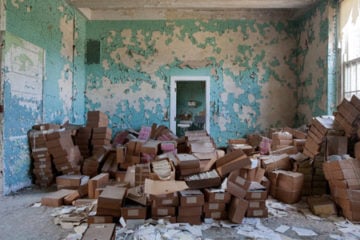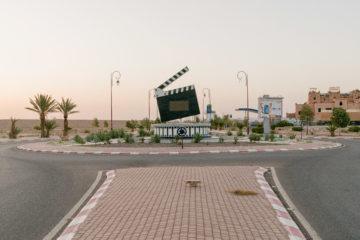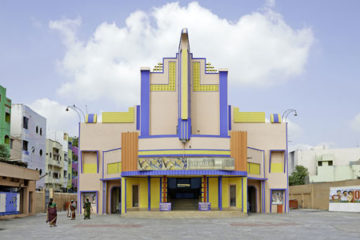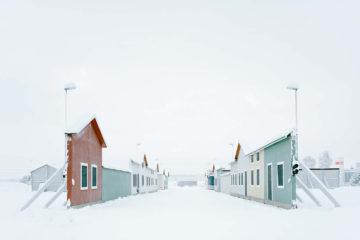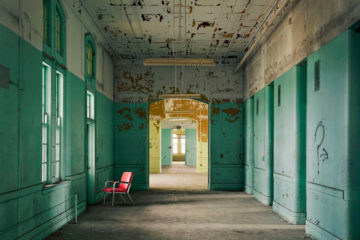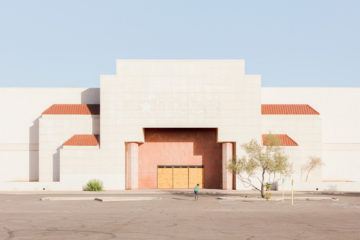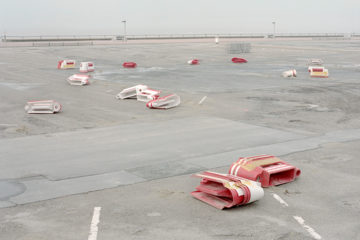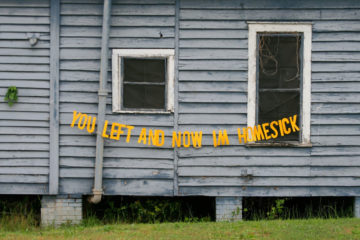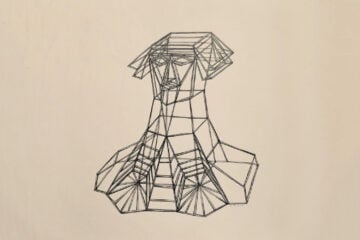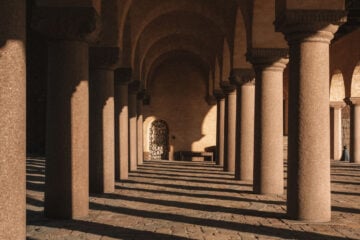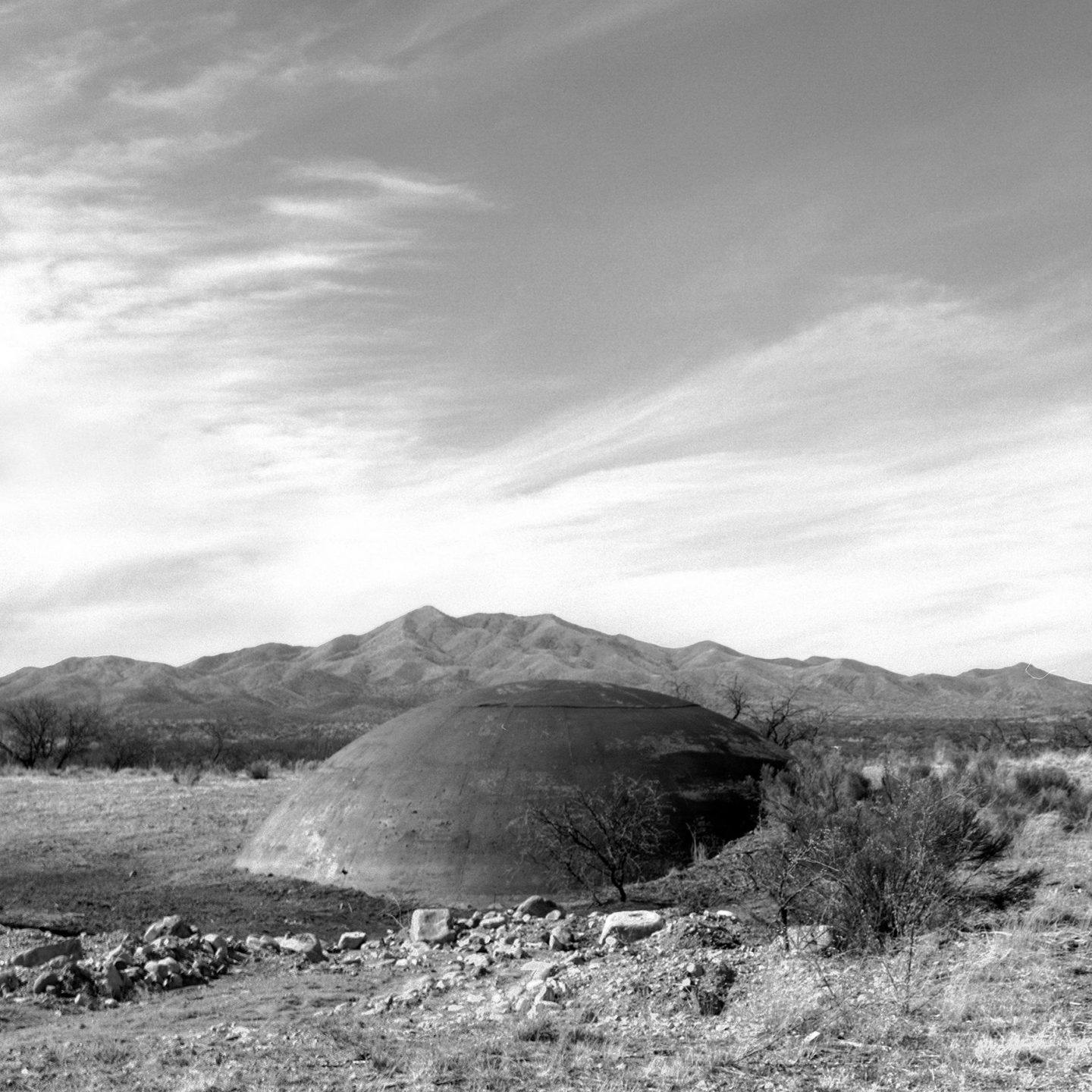
Images Of Abandoned Nuclear Landscapes Remind Us Of The Consequences Of Military Conflict
- Name
- Brett Leigh Dicks
- Project
- Atomic Alchemy, Nuclear Landscapes Across the American West
- Location
- United States
- Words
- Steph Wade
Australian-American photographer Brett Leigh Dicks traveled to various uranium mining towns in the United States to photograph his black and white series: ‘Atomic Alchemy, Nuclear Landscapes Across the American West’.
Dicks is primarily interested in the “fragile ties” that landscapes share with social progress and historical significance. He visited the western states of Arizona, Utah, Idaho, and New Mexico; seeking sites with a documented history of nuclear activity. Back in 1933, the discovery of atomic power was seen as an exciting, ethical invention, and it was promoted as the epitome of progress and modernization. After the United States dropped atomic bombs on the Japanese cities of Hiroshima and Nagasaki in 1945, it became clear that the devastating effects of nuclear power far outweighed the predicted positives. This was further confirmed by multiple catastrophic nuclear meltdowns, including the 1979 Three Mile Island accident in Pennsylvania, and the 1986 Chernobyl disaster in Ukraine.
“The United States Atomic Energy Commission predicted [in 1933] that, by the turn of the 21st century, one thousand reactors would be producing electricity for homes and businesses across the U.S.”, explains Dicks’ artist statement. “The reality [was] far short of what was promised, as nuclear technology produced a range of problems…not to mention the unresolved difficulties of site decommissioning and waste disposal”. Much of the development, testing, and disposal of nuclear material in the United States has taken place in the below black and white photographs. The images include shots of the missile launch centers, the pits where atom bombs were loaded into, and the ground zero of the Trinity Test Site—the precursor bomb that was detonated one month before Hiroshima. The series stands “as an eerie testament to a period of time that was meant to revolutionize civilization”. It is a reminder of how power corrupts, and an indication of current day uneasiness around the prospect of nuclear conflict’s return.
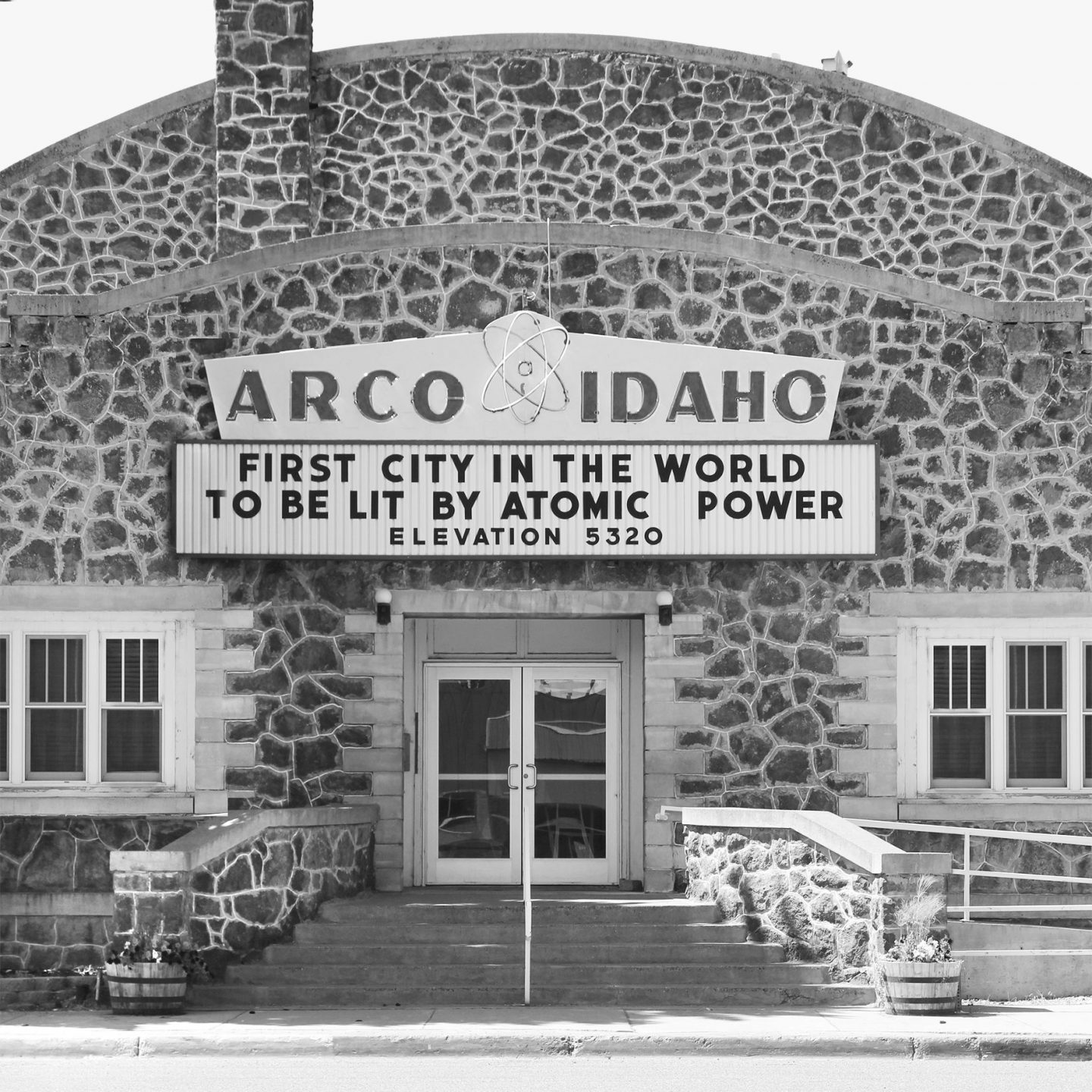
Arco City Hall, Idaho.
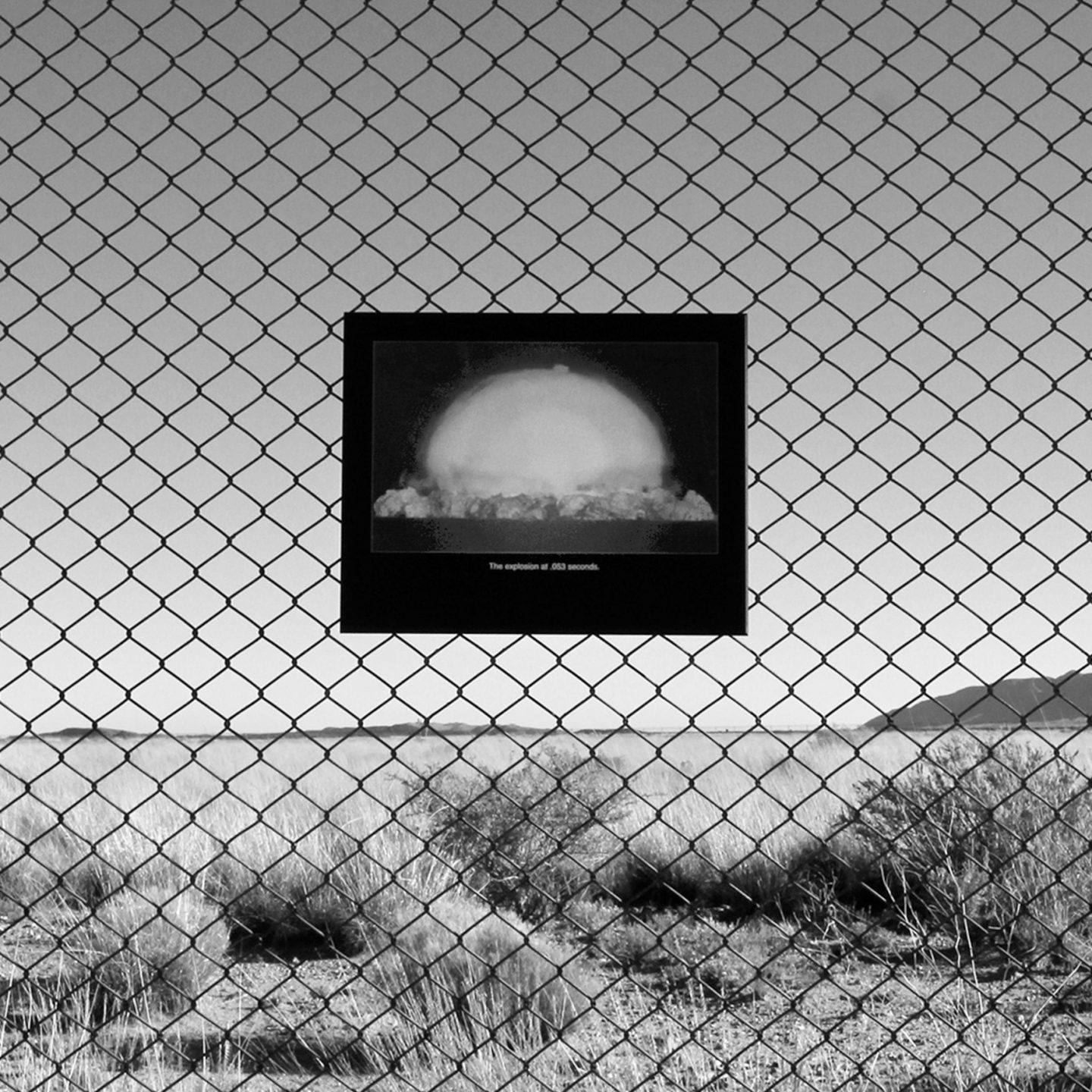
Perimeter Fence, Trinity Test Site, New Mexico.
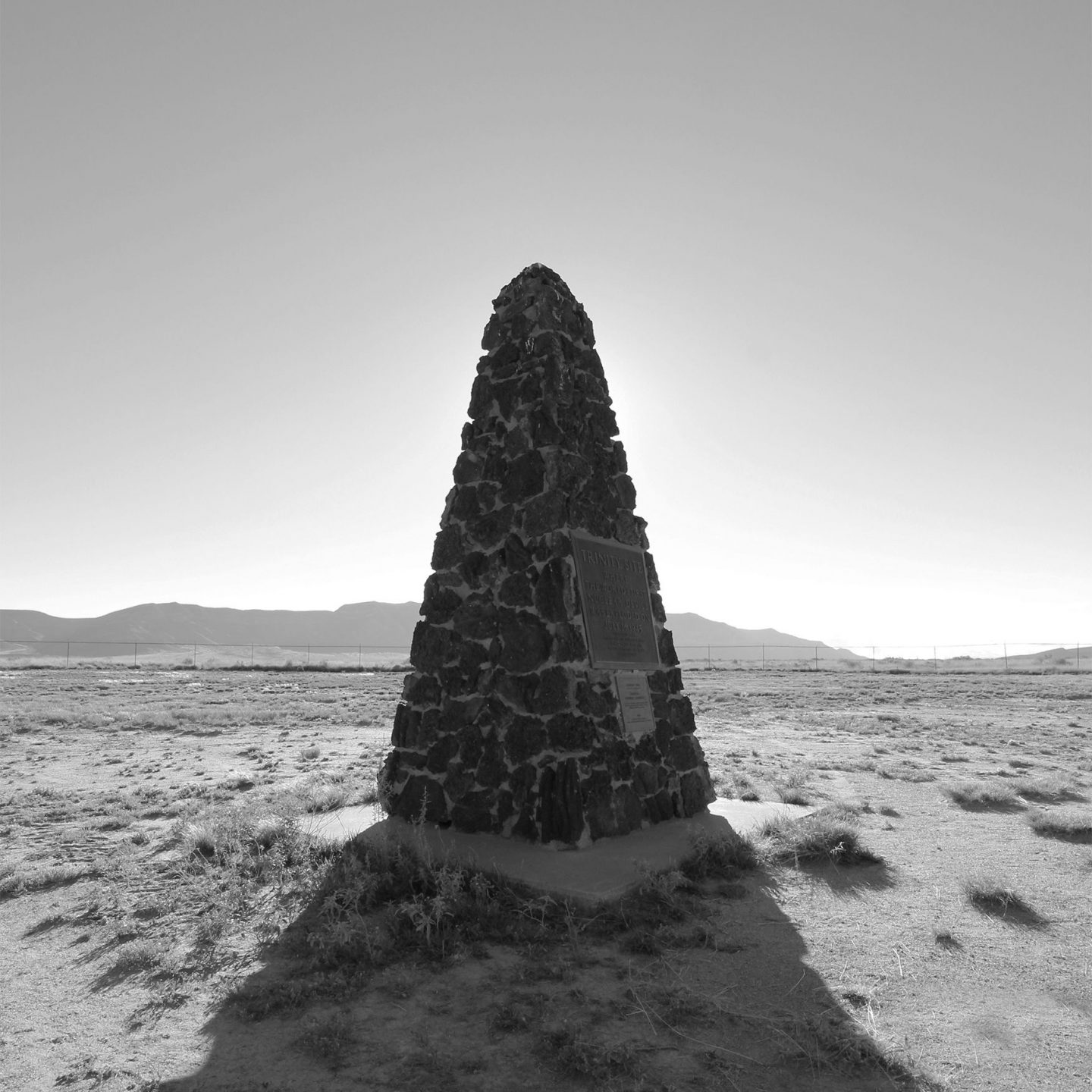
Ground Zero, Trinity Test Site, New Mexico.

Titan II Missile Launch Center, Arizona.
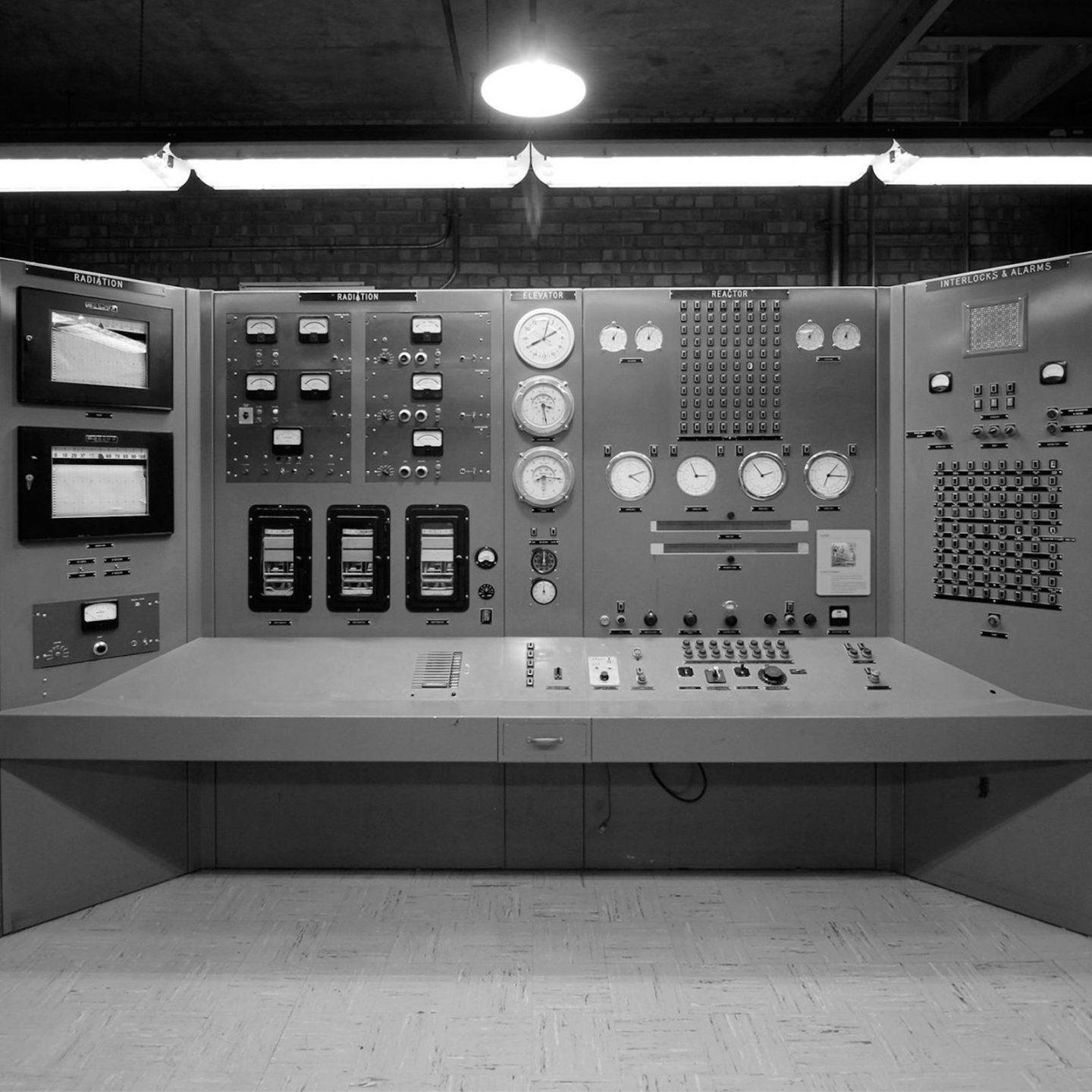
Control Room, Experimental Breeder Reactor I, Idaho.
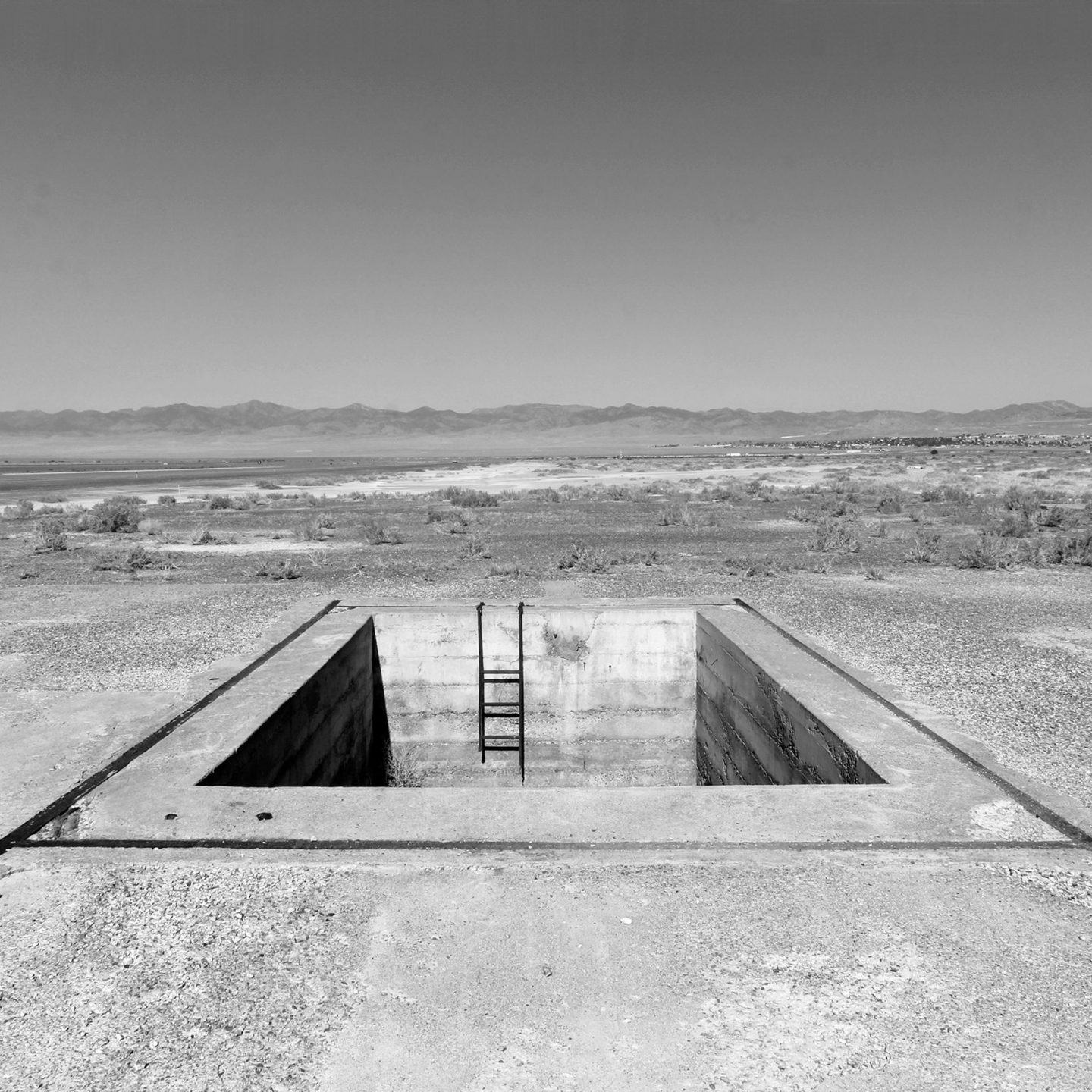
Atom Bomb Loading Pit, Utah.
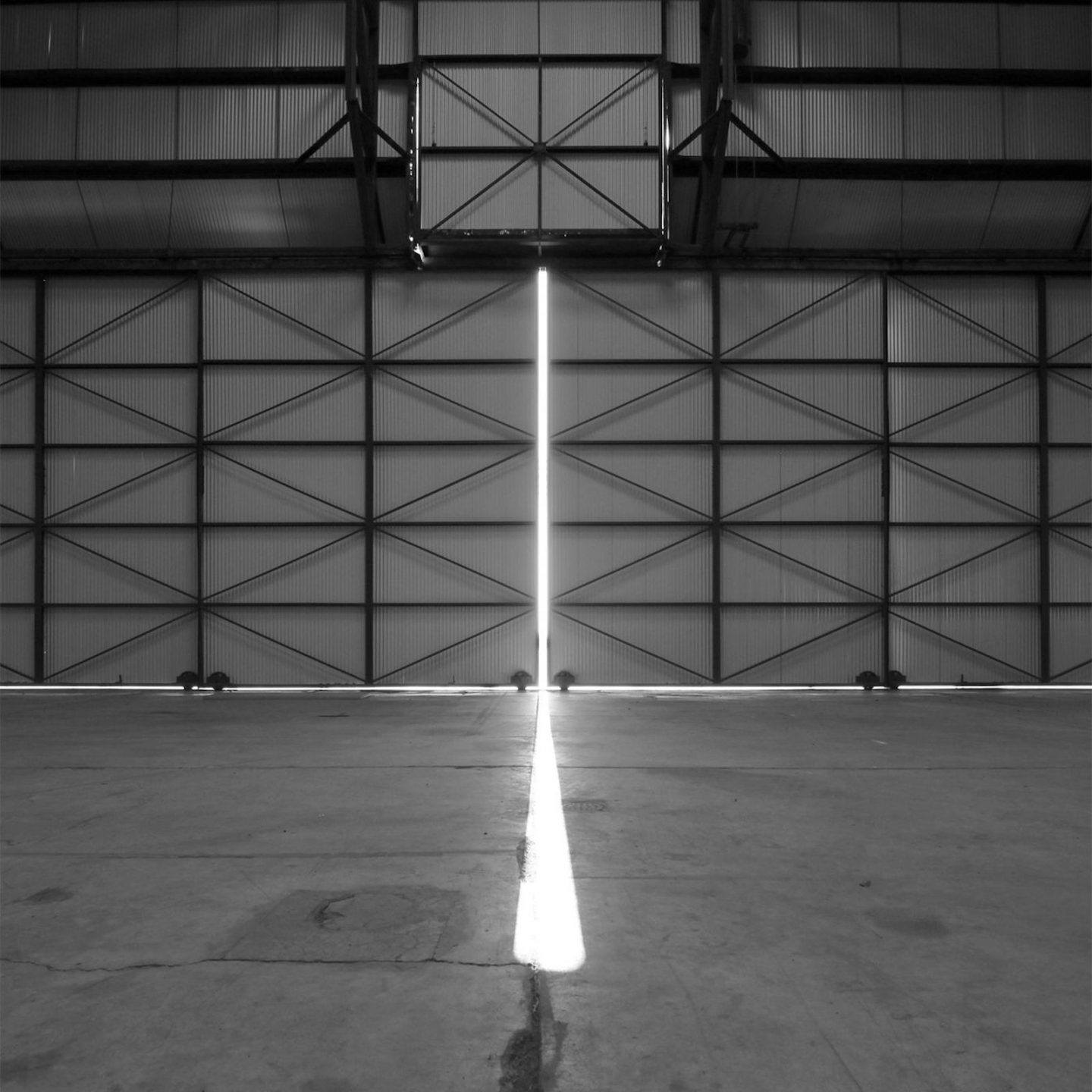
Enola Gay Hanger, Utah.
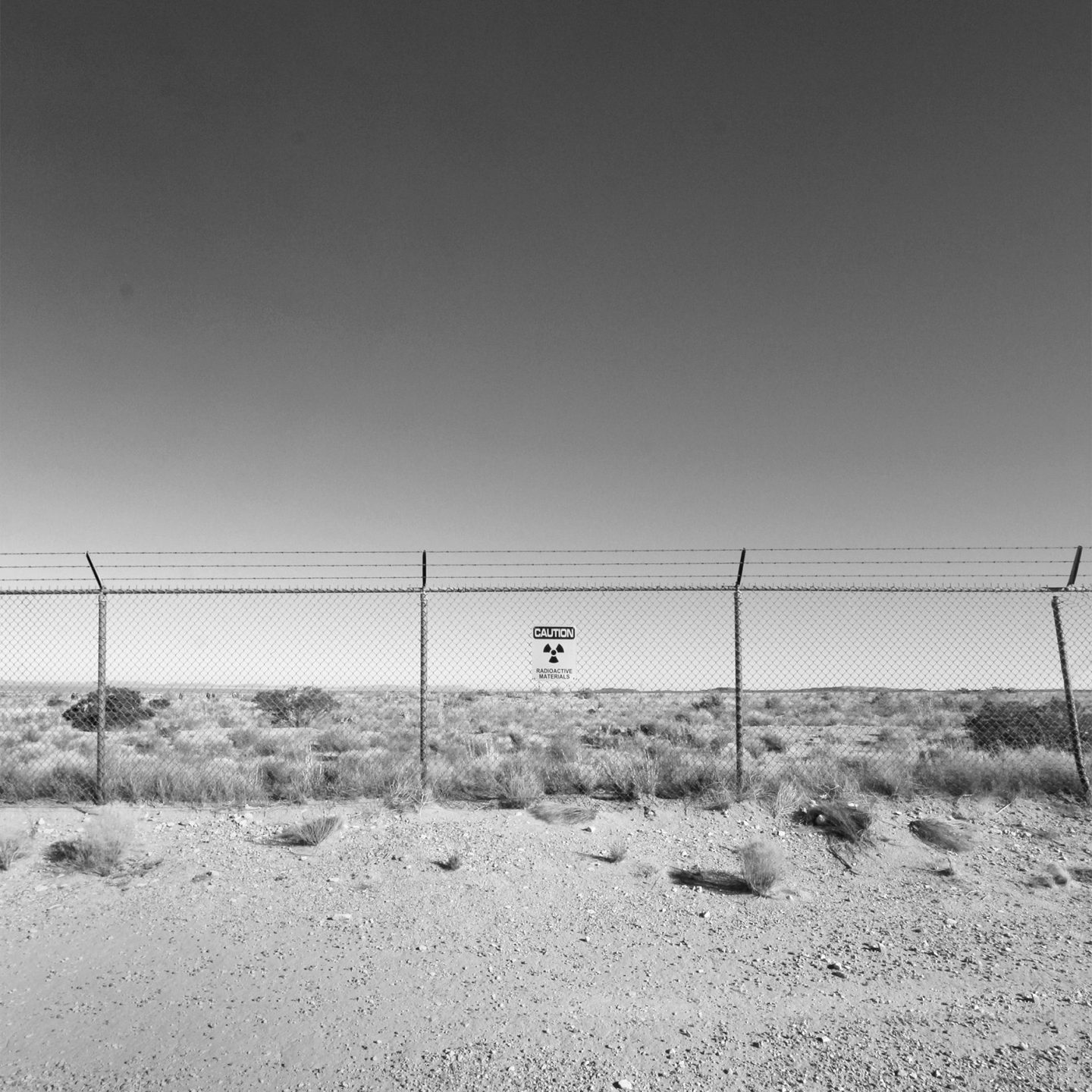
Perimeter Fence, Trinity Test Site, New Mexico.
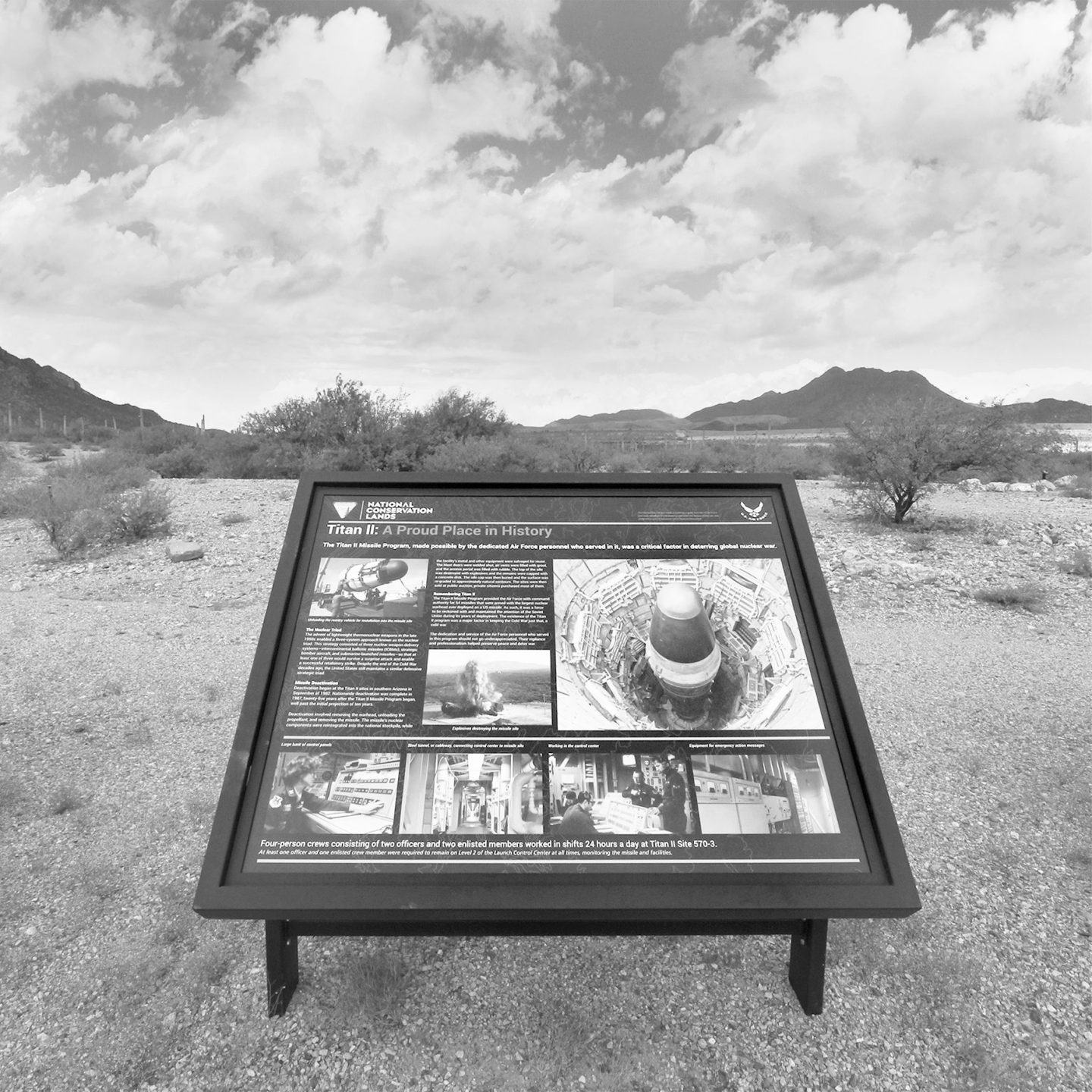
'A Proud Place In History', Titan II Missile Launch Center, Arizona.
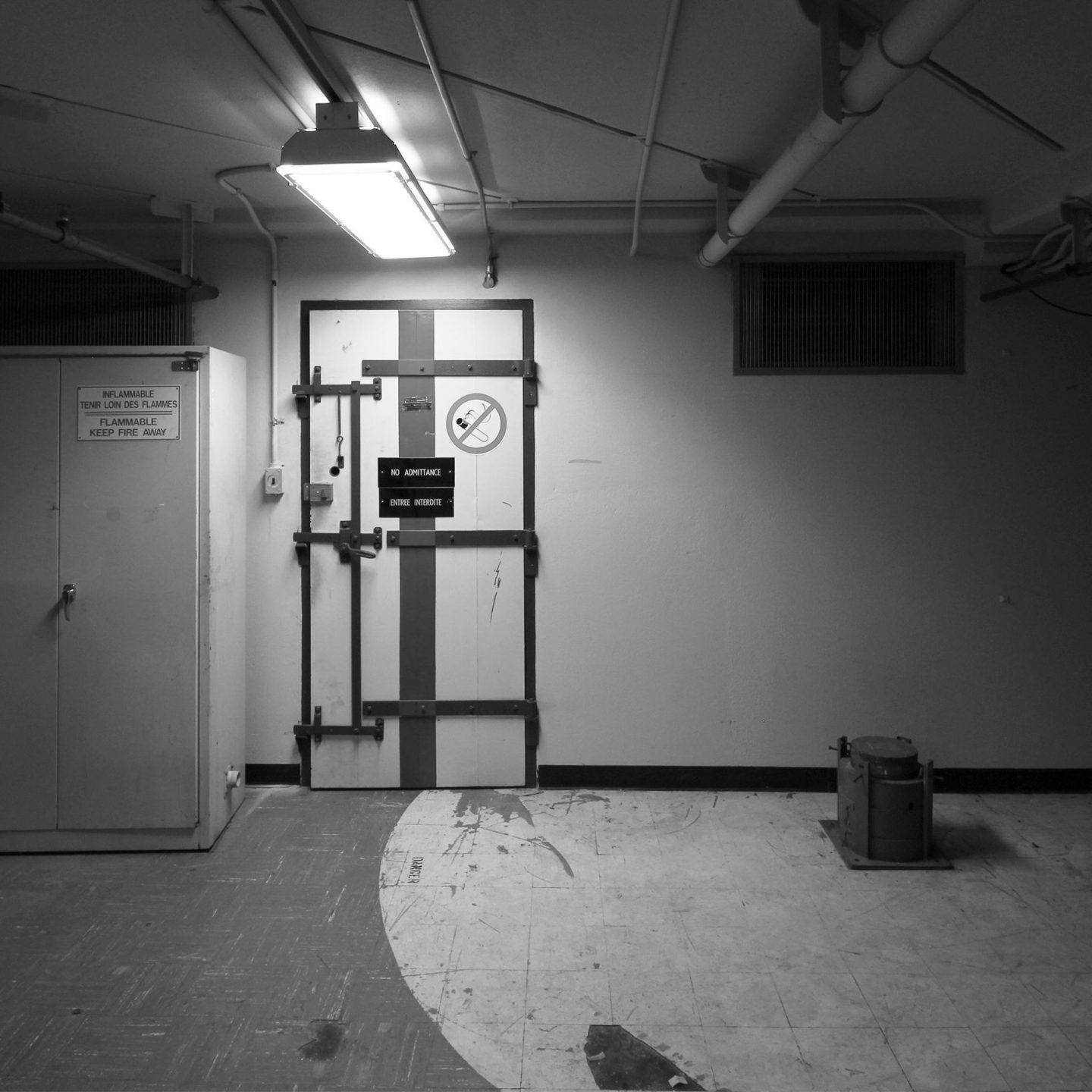
Isotope Sample Exclusion Zone, Ottawa.
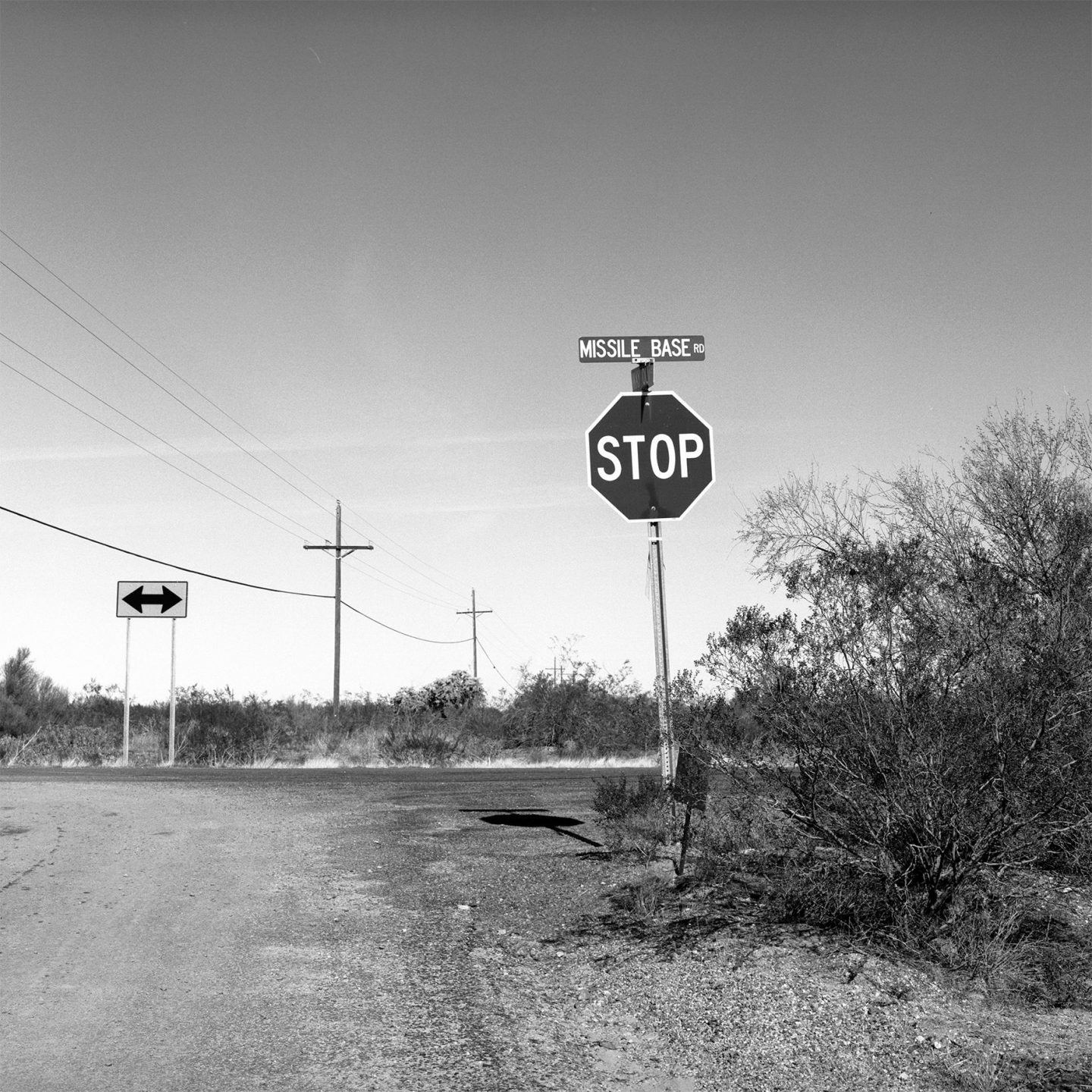
Missile Base Road, Arizona.
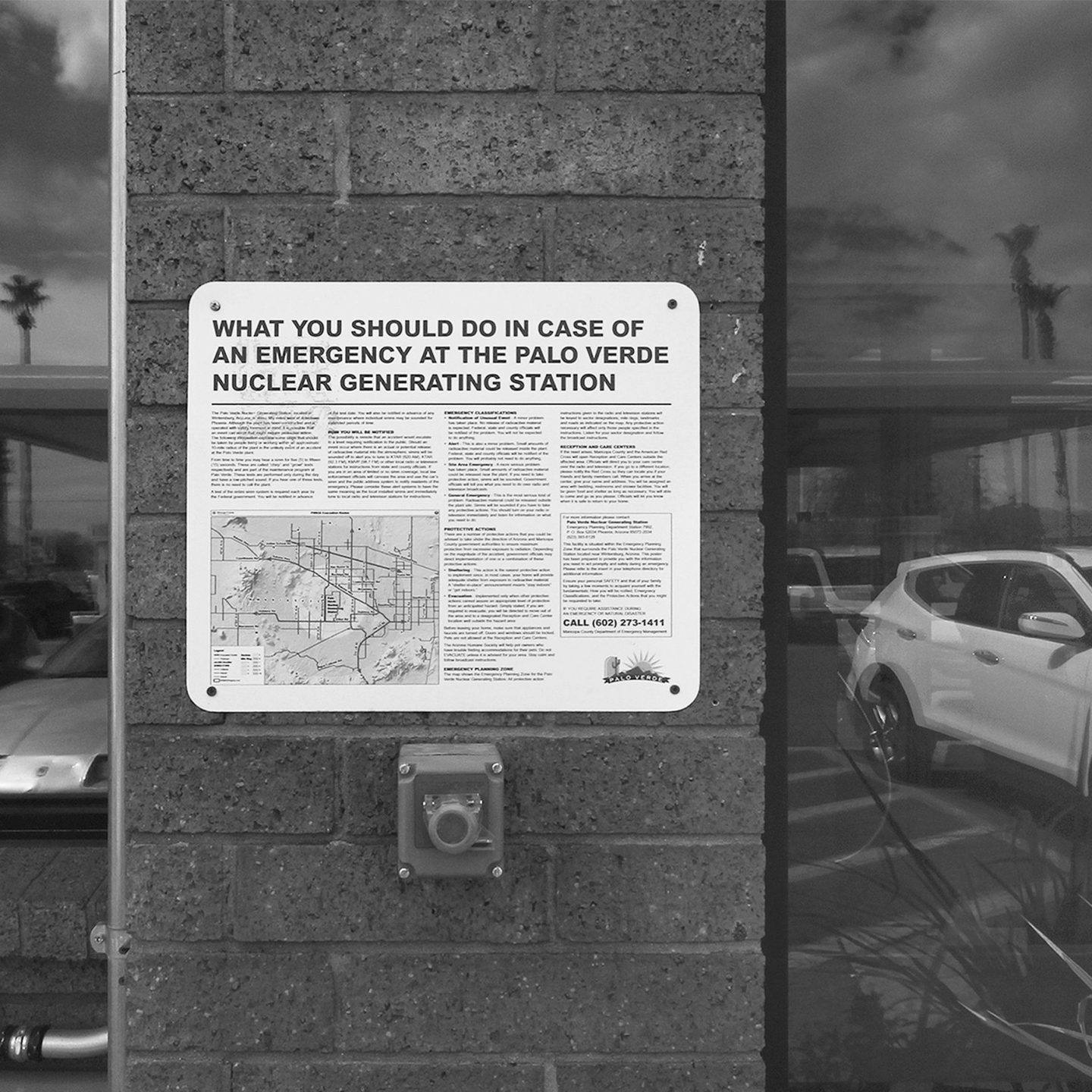
Palo Verde Nuclear Generating Station, Arizona.
All images © Brett Leigh Dicks

